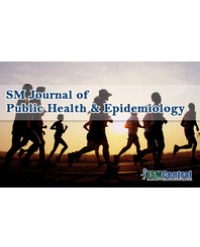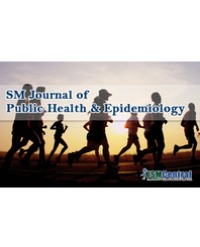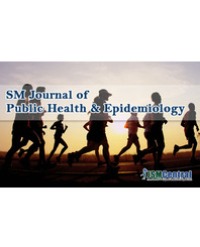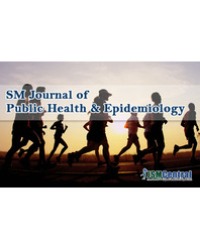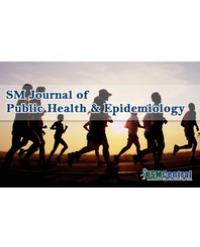
Hierarchical Model of Factors Associated with Falls in Older Brazilian Community-Dwelling Women
Objective: To estimate the prevalence of falls in a group of older women and to measure the influence of risk factors associated with age.
Methods: Longitudinal study with a representative probability sample of the AGEQOL study (Aging, Gender and Quality of Life). This article is based on 1226 older Brazilian community-dwelling women. Participants were interviewed on falls in past 12 months, demographic and socioeconomic characteristics, health status, functional ability and access to and use of health services. Poisson regression was used to confirm the association of decline in women with possible determinants, separated by age (60-74 years and ≥75 years).
Results: Overall, 250 women (54.2%) had a single fall, and the prevalence of falls was significantly different between age groups (p<0.001). Women aged less than 75 years old who smoked, drank, and reported nausea and imbalance had a higher prevalence of falls. Among the oldest women, a dose-response relationship was present between falls and functional capacity of ADL.
Conclusions: The prevalence of falls differed in each age group of women. For older women aged 60-74 years, the prevalence of falls was associated with self-reported health status and the type of health services used. In addition to performing ADL, worse health conditions, surgeries, and higher education were risk factors associated with a higher prevalence of falls in older women.
Ana Cristina Viana Campos¹*, Andrea Maria Duarte Vargas², Marcella Guimarães Assis³, Denise Vieira Travassos² and Efigenia Ferreira e Ferreira²

